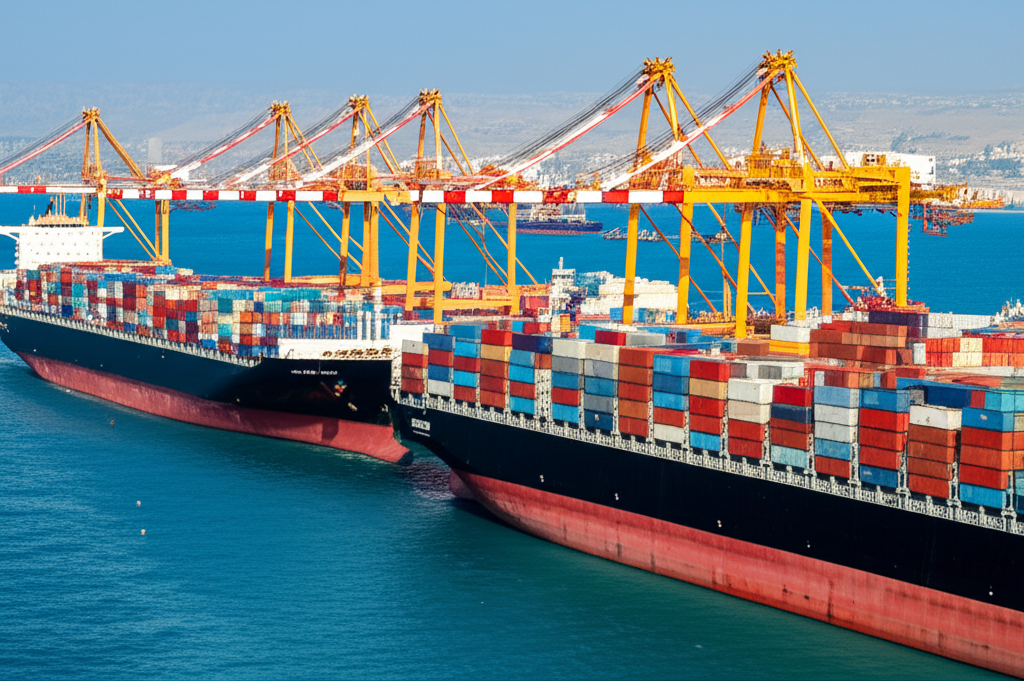Middle East Conflict: What It Means for Macro and Markets
The geopolitical tremors emanating from the Middle East are once again sending ripples of uncertainty across global economies and financial markets. A region long synonymous with pivotal energy resources and complex political dynamics, any significant escalation or prolonged instability there inevitably demands the attention of economists, policymakers, and investors worldwide. For young adults navigating their financial futures, understanding these far-reaching implications is not merely academic; it’s crucial for making informed decisions in an increasingly interconnected world.
At the heart of the economic impact lies crude oil. The Middle East is home to a substantial portion of the world’s proven oil reserves and some of its most critical energy chokepoints, such as the Strait of Hormuz and the Red Sea. Any disruption to the supply or transit of oil from this region can trigger immediate and significant price surges. Higher oil prices translate directly into increased costs for transportation, manufacturing, and ultimately, consumer goods. This isn’t just about the price at the pump; it permeates the entire supply chain, making everything from food to electronics more expensive. Consequently, a prolonged period of elevated energy costs risks reigniting inflationary pressures that many economies have only recently begun to bring under control, forcing central banks into a difficult balancing act between taming inflation and supporting economic growth.
Beyond energy, the conflict’s tentacles extend to global supply chains. Attacks on shipping in vital maritime routes, particularly the Red Sea, have compelled many international shipping companies to reroute vessels, opting for longer and more expensive journeys around the Cape of Good Hope. This detour adds significant transit time and fuel costs, translating into higher freight rates and delivery delays for goods ranging from consumer electronics to industrial components. These disruptions further exacerbate inflationary pressures and could potentially hinder global trade volumes, impacting corporate profitability and consumer affordability across diverse sectors. Such bottlenecks remind us how fragile globalized production and distribution networks can be in the face of geopolitical shocks.
In the financial markets, uncertainty typically breeds volatility and a flight to safety. During periods of heightened geopolitical risk, investors often pull capital from riskier assets like equities and emerging market bonds, seeking refuge in traditional safe havens. The U.S. dollar, considered the world’s primary reserve currency, tends to strengthen as global capital flows into U.S. Treasury bonds, viewed as among the safest investments. Gold, a classic store of value in times of crisis, also typically sees its price rise. While this provides stability for some portfolios, it can lead to sell-offs in broader equity markets, particularly in sectors sensitive to consumer spending or reliant on stable supply chains. Companies with significant exposure to the Middle East, whether through operations, sales, or sourcing, may also face direct impacts on their revenues and profitability.
Furthermore, prolonged conflict can erode consumer and business confidence globally. When the future appears uncertain, consumers tend to save more and spend less, while businesses may delay investment and expansion plans. This reduction in aggregate demand can dampen economic activity, potentially slowing global growth projections. For specific regions, particularly those geographically proximate to the conflict zones, the economic fallout can be severe, impacting tourism, foreign direct investment, and trade relations. Even for countries far removed from the immediate conflict, the interconnectedness of the global financial system means that an economic downturn or inflationary spike in one major bloc can quickly spill over, affecting interest rates, exchange rates, and investment opportunities worldwide. The ripple effect of such events underscores the importance of a diversified investment strategy and a clear understanding of macroeconomic trends for any forward-thinking investor.
In conclusion, the ongoing Middle East conflict serves as a potent reminder of how geopolitical events can intricately weave themselves into the fabric of the global economy. From the price of oil and the stability of supply chains to the movements in financial markets and the pace of global economic growth, the implications are vast and multifaceted. While the precise trajectory of the conflict and its economic consequences remain uncertain, monitoring these developments closely and understanding their potential effects is paramount for anyone navigating the complexities of modern finance. Prudence, adaptability, and a long-term perspective will be key for investors in these turbulent times.





